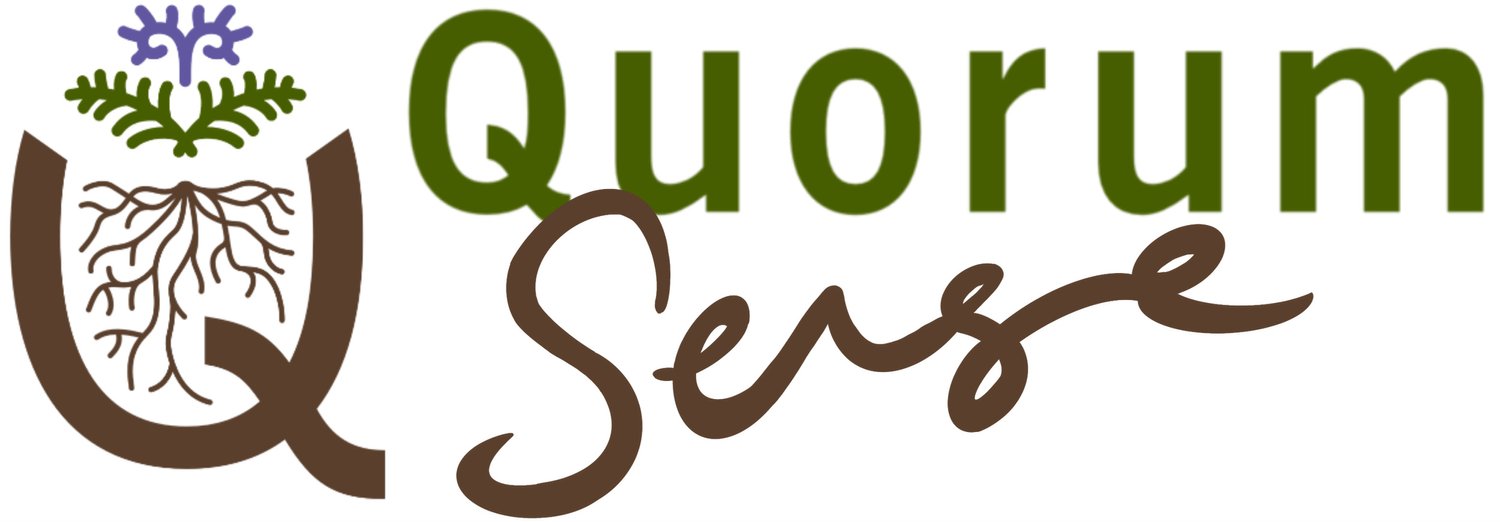Andrew & Linda Whiting
Tomajil Farms, Simpson, Victoria
Tomajil Farms are family owned by Andrew and Linda Whiting, self-starters in dairy. They have been farming there for 22 years.
What drew them to regenerative farming was the collapse of the conventional approach on their farm: pastures not persistent, significant re-sowing of pastures each year (approx. 30%), soil becoming compacted and increasing fert use.
They describe their farming system as rejuvenated.
Farming Practices
Now sowing multispecies pastures twice/year with the SoilKee Renovator
Initial manufacture of compost in 2008 allowed a shift away from synthetic inputs and built health of soil.
N use was then changed to foliars.
Multispecies were introduced with a big focus on legumes for N fixation
N inputs were dropped in 2019
Grazing Management
Maximise photosynthetic potential of the plants by using plant diversity and long rests of 60-120 days between grazings.
They undertake strip tilling multispecies mixes into perennial pasture base of clover, ryegrass and herbs.
The SoilKee, as well as tilling, mulches and semi incorporates the residue of the perennial pasture into the soil as a green manure (sheet composting)
They use:
SoilKee Autumn Mix: cereals, annual legumes, brassicas, linseed, herbs, ryegrass
SoilKee Summer Mix: similar to autumn mix, with addition of millet, lucerne and omission of herbs
External feed inputs are comprised of 2.5 t grain/cow, silage in autumn and hay bought in as required.
Fertility
No fert, total effluent management, no soil amendments. Using less than 100t compost per year now as the only addition to the system.
Soil tests at depth are showing increases in soil C
Changes / Benefits
Absolute turnaround of the system
The liquid carbon pathway has given them well structure soils with better infiltration, soil aggregation at depth and no leaching of nutrients
Cow fertility has gone from 50% 6 WIC rate to 70%
Improved profitability, resilience, animal health and happy farmers!
Environmental Stewardship
The whole farm has become a diverse riparian zone, with many animals returning including frogs, quail, barn owls and tawny frogmouths.
Lots of tree planting with the support of Landcare.
To prevent nutrient leaching, they are:
fenced off waterways and dams
using deep rooted multispecies to capture nutrients
eliminating all synthetic inputs
using a concrete feedpad to manage seasonal conditions
Looking Ahead
Continue farming as they are but implement succession planning
Biggest Challenge
Sourcing valid information relevant to their farming operation and transitional direction
What’s one thing you’ve learned that surprised you?
How important air is in the soil
How low cost and simple this system can be
What would you do differently if you started again?
Plant multispecies earlier
Advice to others considering the transition
Educate yourself fully and take your time changing the farm



